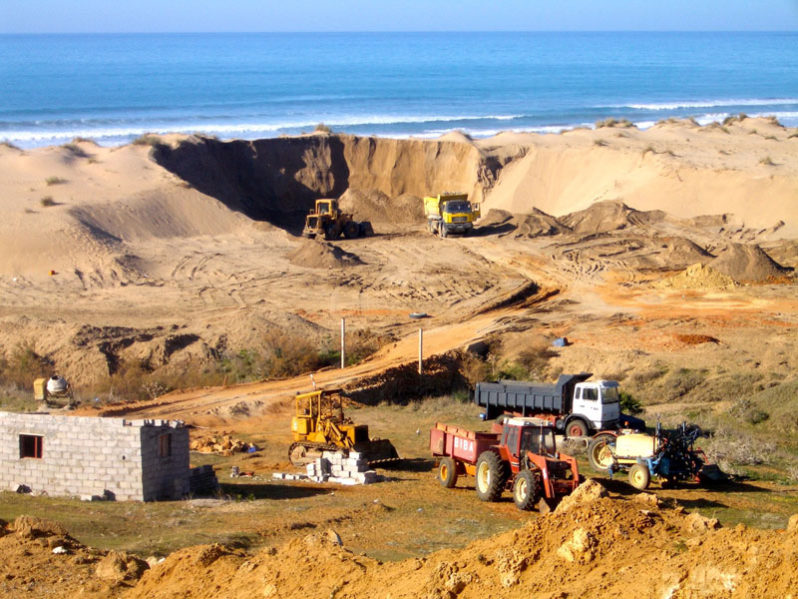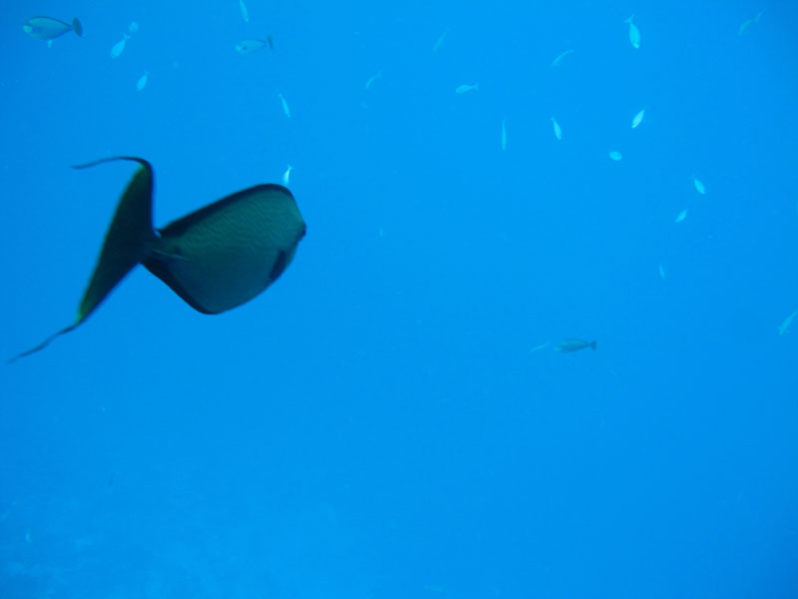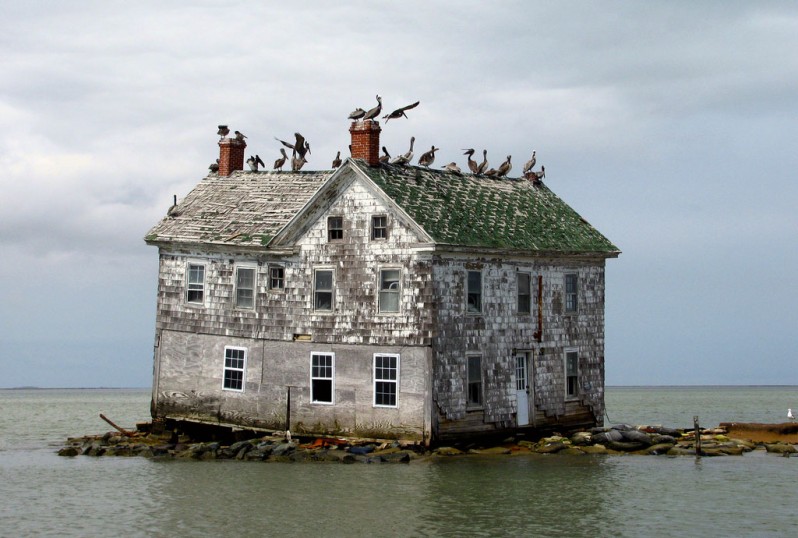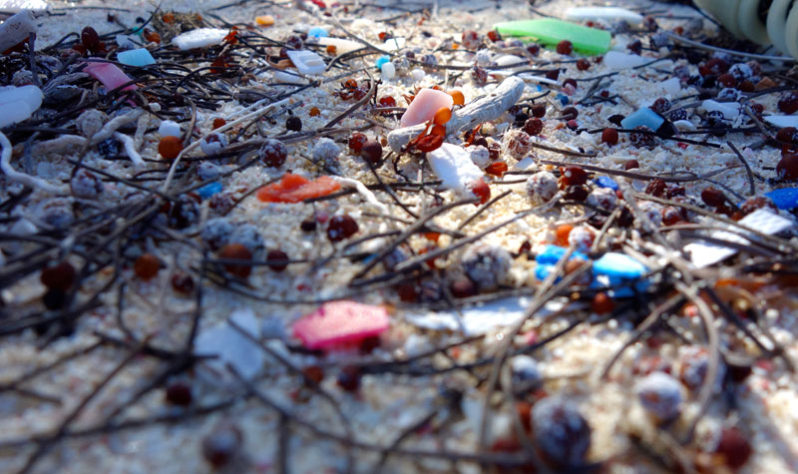The Economist explains: Why there is a shortage of sand

It may be plentiful, but so is the demand for it.
Mapping the World’s Ocean Ecosystems

To meet the need for a consistent, objective, and complete description of open-ocean environments, the USGS formed a public-private partnership with ESRI, NOAA, academia, and non-profit organizations to produce the first ever detailed maps that group the entire global ocean into 37 distinct 3D ecosystems.
Chesapeake Bay pollution extends to early 19th century

Humans began measurably and negatively impacting water quality in the Chesapeake Bay in the first half of the 19th century, according to a study of eastern oysters.
Predicting the movement, impacts of microplastic pollution

Microplastics are of increasing concern. They not only become more relevant as other plastic marine litter breaks down into tiny particles, they also interact with species in a range of marine habitats. A new study takes a look at how global climate change and the impact of changing ocean circulation affects the distribution of marine microplastic litter.
